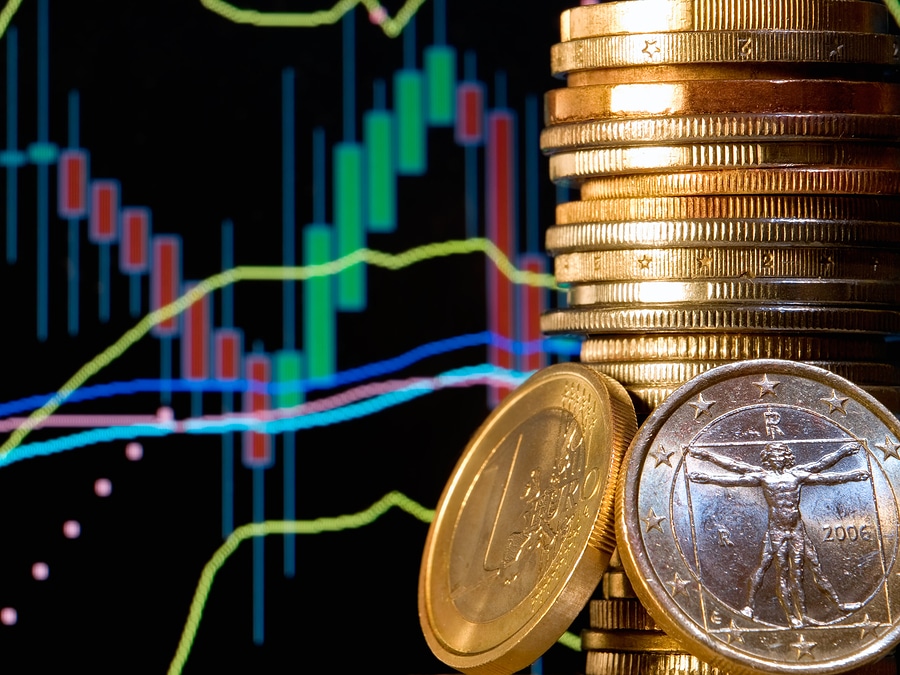Our present economic trajectory is proving unprecedented in a variety of economic determinants and metrics, many unfavourable. Of most significance to the investment and trading communities, are the persistent concerns about global growth at this extended stage of the current economic expansion. Economic growth in the fourth quarter of 2015 for developed countries slowed dramatically, recording the weakest expansion in three years, according to recent Organization for Economic Cooperation and Development statistics. And this at 80 months into one of the longest expansions on record, contrived disproportionately on Fed-engineered financial asset inflation.
As such, more underperformance can be expected. The Citigroup Economic Surprise Index for the United States (CESI) — defined by Bloomberg as a weighted historical standard deviations of data surprises, or the actual release vs. the median response by various forecasters — has been consistently negative since the beginning of 2015. The CESI presently indicates data is highly likely to undershoot analyst economic growth targets in the foreseeable future. ECB Vice-President Victor Constancio in prepared remarks this week intimated that more stimulus is maybe coming in March because “the risks are to the downside.”
Furthermore, as February drew to a close, and reported US core inflation hit a four-year high, consumer-price data were another puzzle piece indicating US interest rates may be set to rise, an economic brake of the first order. And all these developments occurring amidst an international environment in which major trading partners are stumbling and commodity-currency economies tanking with price of oil and other extractables.
Where to in 2016
However, with the Fed now more-than-ever focused on stabilizing the economy, according to a recent SF Fed Economic Letter, economic expansions “do not become progressively more fragile with age”. Furthermore, they reasoned, with recoveries now more focused on production of services rather than production of goods, Yellen and company have more leeway in setting interest rates.
Moreover, all six recessions since the 1970s have been preceded by dramatic hikes in the price of oil, 'shocks' to the economy: an essential commodity spikes in price, inflicting financial shock on consumers and businesses. With oil down 70% in price since 2014 (with gasoline savings alone adding more than $1,000 per household), this net contribution to the economy will remain a cushion, even if prices recover modestly
With respect to global market slowdowns, no US recession since World War II has begun because of the problems of foreign economies, including, for example, the 1998 Asian economic meltdown. The drag of decreased exports on the US has trimmed GDP by less than 0.25% and its effect is typically overstated.
Perhaps the best leading indicator arguing for sanguinity is the labour force demographics and participation rate. Setting aside the baby boomer retiring sector, the prime age workers group (25-54) both grew 1.3% in number in the last six quarters and saw a decline in its unemployment rate to 4.9% (2.5% among college graduates) from 6.2%. This decline has been continuous with nary a single increase, unlike in the year preceding all modern 11 recessions, when the quarterly jobless rate rose at least once, and usually more (logically because the impending slowdown curtails economic activity before the actual recession onslaught). On a related note, the new claims for unemployment insurance in mid-February, at 273,000, were among the lowest in many years (though labour participation rates remain near 40-year lows).
So while adverse economic developments may yet accumulate and morph into a full-blow recession, at present, our sub-par recovery looks set to continue.













